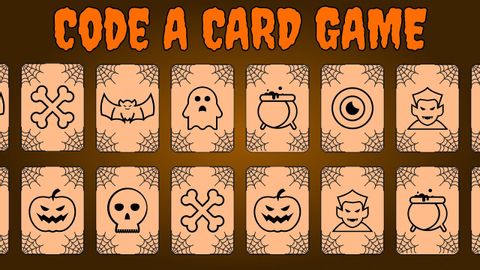如何給卡片匹配遊戲編碼 (How to Code a Card Matching Game)
 沒有此條件下的單字
沒有此條件下的單字US /ˈprɑːpərli/
・
UK /ˈprɔpəlɪ/
- n. (c./u.)大小;規模;魚鱗;比例;等級;標尺
- v.t./i.測量;攀登;魚鱗
- v.t./i.翻轉 (身體);輕彈;啪地打開;翻轉;炒賣
- n.空翻;翻轉 (的動作);拋
- adj.輕率的
US /ˈnɛɡətɪv/
・
UK /'neɡətɪv/
- n.負電極的;否定詞;否定句;底片
- adj.消極的;負的;負面的;否定的;陰性的;負電的

